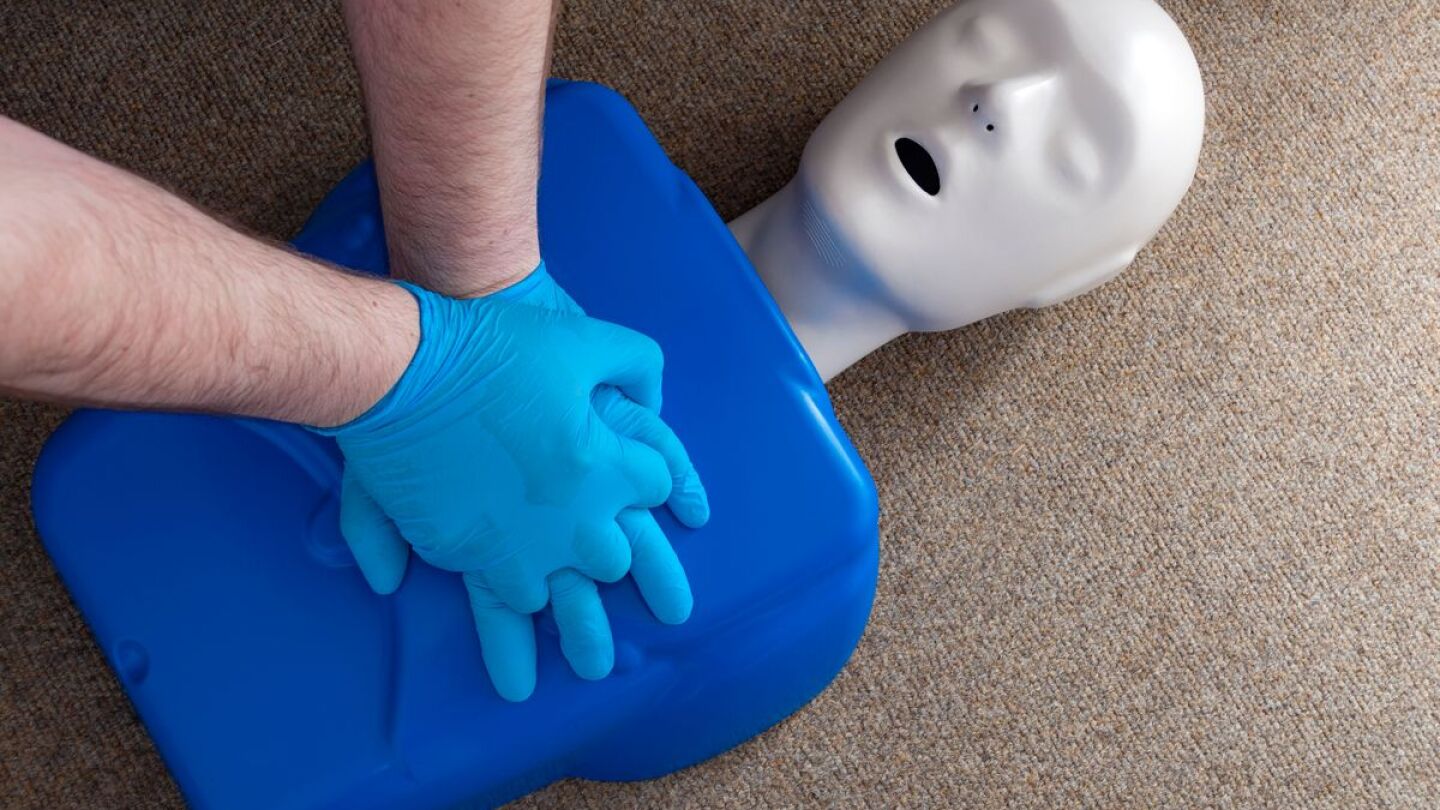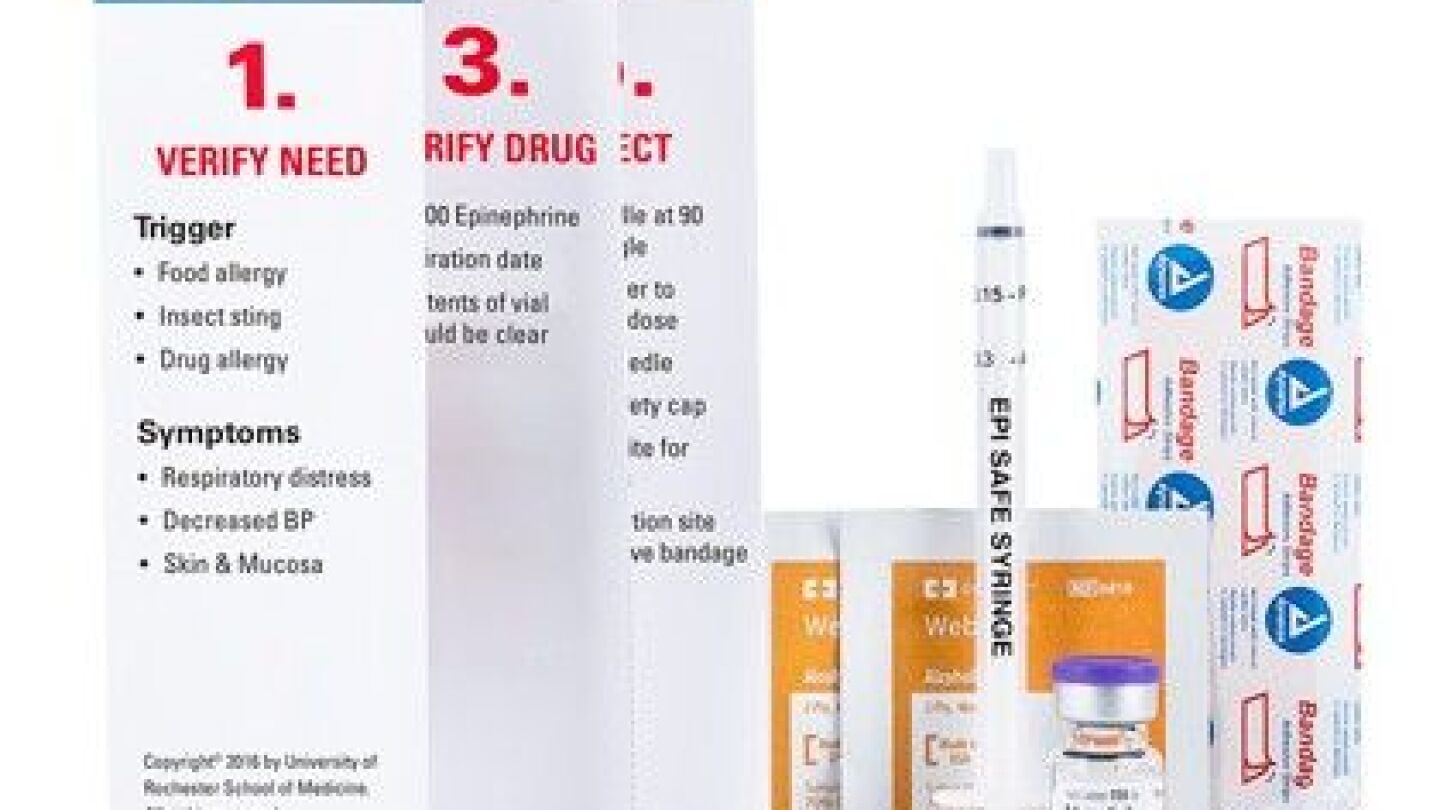Basic Life Support (BLS)
The Basic Life Support (BLS) topic contains the latest news, information, education and training tips for EMTs and paramedics related to EMT training and education, EMT careers, and Basic Life Support patient assessment and care, as well as the products, techniques and challenges of providing BLS in the prehospital setting. If you are considering EMT training start with these two articles, this is what you need to know to become and EMT and 5 reasons NOT to become an EMT. Or go to the EMS1 jobs page for a nationwide list of EMT jobs and paramedic careers.
Be prepared for the unique challenges of law enforcement officers wounded on the job
In this episode, our hosts discuss a Pinnacle presentation by Bryan Bledsoe, and do a deep dive on the industry aspects he identified as needing an overhaul
Bryan Bledsoe: “EMS must be fixed with bulldozers not tweezers”
Examining recommendations for EMS treatment of adult and pediatric cardiac arrest related to epinephrine, compression depth and rate, and double sequential defibrillation
The proposed emergency amendment comes a week after the health department issued a memo ordering all unlicensed fire departments to immediately cease BLS services
Learn more about optimizing EMS efficiency through dynamic deployment models
The memo, sent to all the state’s fire departments, said any department that wasn’t a certified EMS agency needed to immediately stop providing BLS
“With every role we take during our career, in a way, we are auditioning for the next”
Fire officials said departments had been permitted to render basic life support treatment through affiliate agreements for years
How to add intranasal drugs to the BLS scope of practice, and why it would be a valuable addition to the BLS toolbox
Looking to build confidence and skills in treating pediatric cardiac arrest patients? We’ve got you covered.
The first responders on bicycles will be able to respond to medical emergencies more quickly than on larger apparatus
Providing accurate ventilations and oxygenation in concert with effective chest compressions and timely defibrillation contributes to saving lives in the BLS setting
Triage burn victims for inhalation injury and fluid administration by putting these four pieces of the puzzle together
A non-profit School Emergency Response Coalition is equipping students with life-saving emergency response training and equipment
The Ontario Prehospital Advanced Life Support (OPALS) Study – a must read for EMS, investigates cardiac arrest, major trauma and respiratory distress
Residents were raising concerns about the firing of an Alaska fire chief and assistant chief when a man collapsed, prompting an EMS response
Charlotte’s MEDIC deputy director explains how a proposed leave-at-home policy will be a well-researched study into giving the patient the right treatment at the right time
We’ve all heard about getting ‘back to the basic,’ but sometimes paramedics need to make sure they get back to the advanced, as well
Advanced life support measures exist on a spectrum, shifting the definition of ALS vs BLS
Policies, training and practice changes resulted in faster response time, penalty savings and improved morale across EMTs, paramedics and EMS leadership
The training will enable California EMTs to administer and use naloxone, epinephrine and a glucometer, according to the California Emergency Medical Services Authority
The fire department got its medical emergency first-response authority in 2006 and will respond to medical emergencies providing limited treatment
The Topeka Fire Department plans to transition from providing basic life support to providing advanced life support as firefighters respond to emergency medical calls
Young future EMS providers have the chance to interact with professional EMS personnel and learn from realistic scenario situations
From paramedic degrees, to ALS vs. BLS; boiling down the hot topics in EMS #grammarisoverrated
Know when to stop, how much assistance to provide and how to hand off patient care to responding authorities
New research questions whether pharmacotherapy in cardiac arrest is effective at ROSC and long-term survival
Basic versus advanced EMS training and care continue to evolve
Curaplex Epi-Safe injection kits developed specifically for EMS can help agencies cut costs while improving patient care
Naloxone administration by BLS providers and laypersons is the latest intervention to transition from paramedics to firefighters and bystanders
The dispatcher who sent the first ambulance on scene didn’t mention to responders that the patient was in cardiac arrest






























